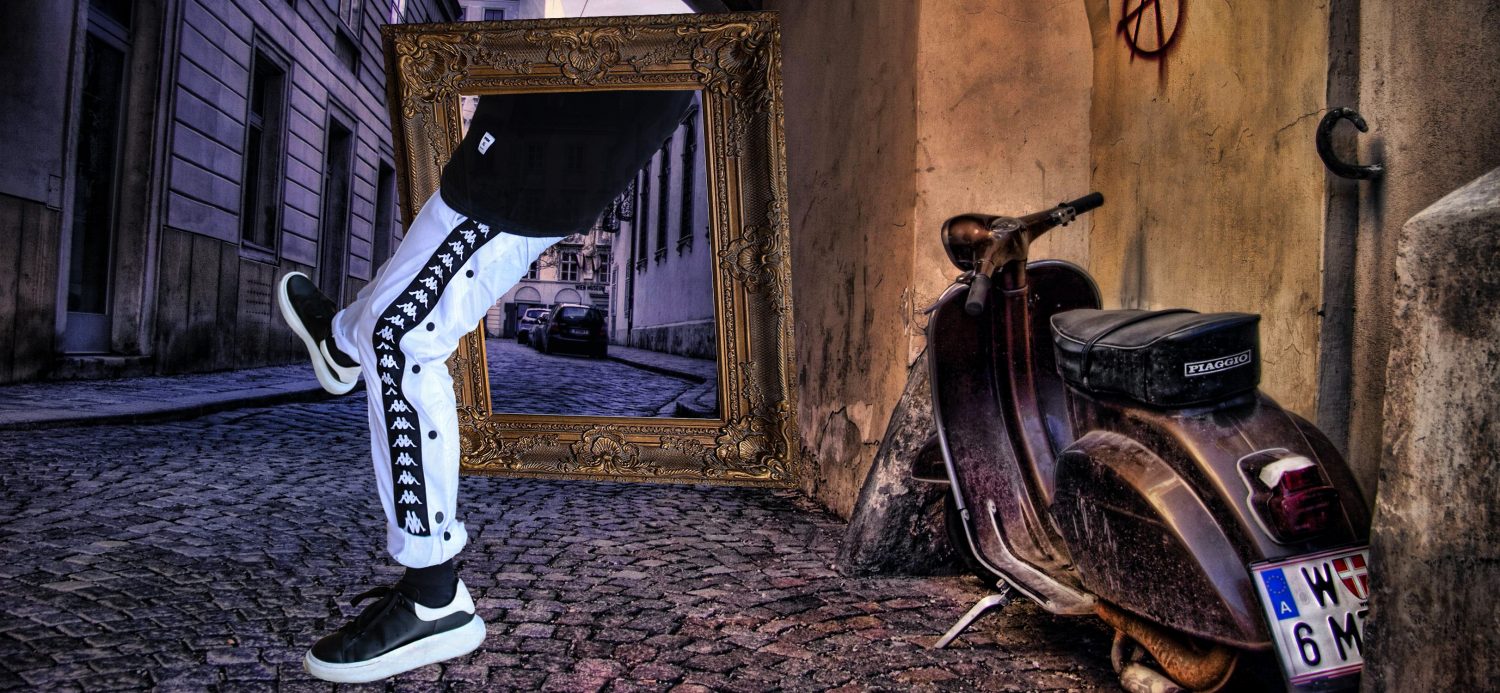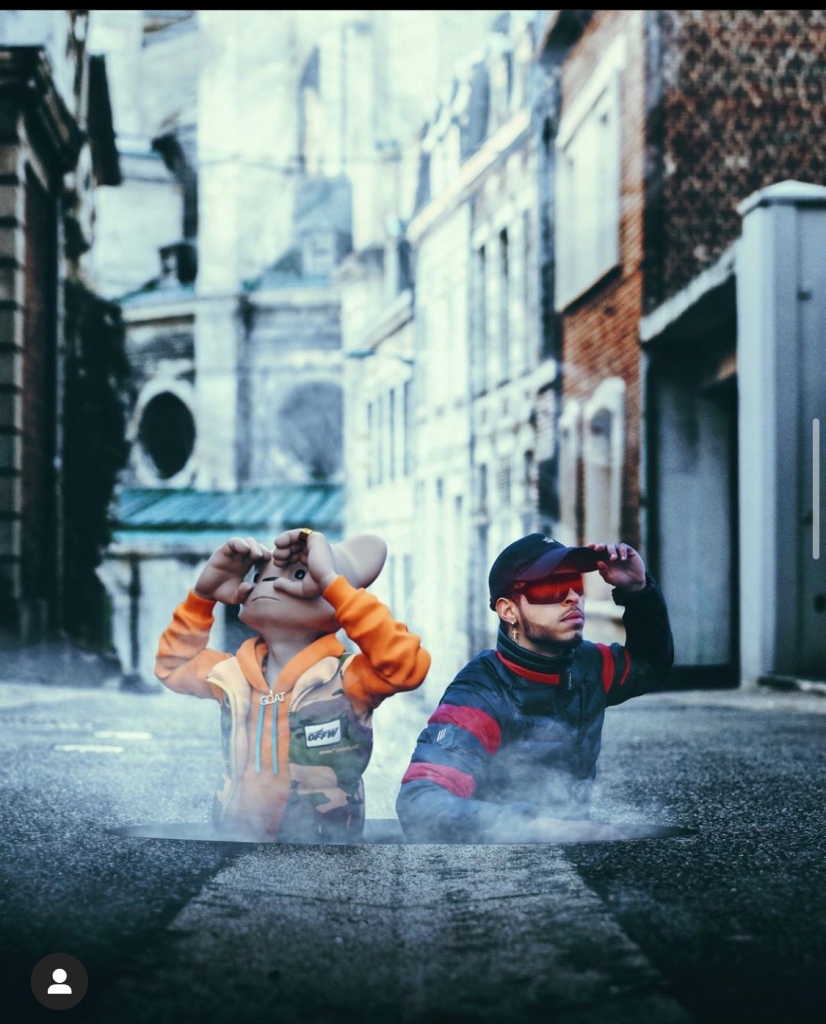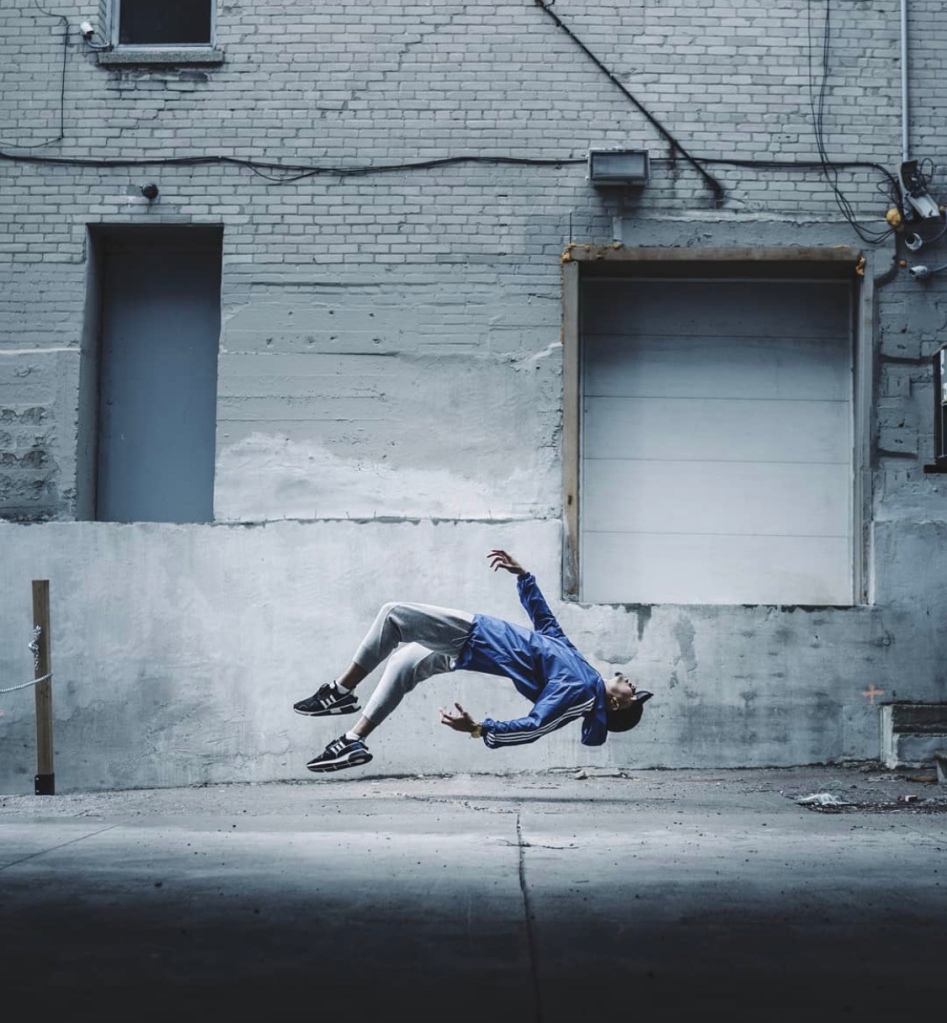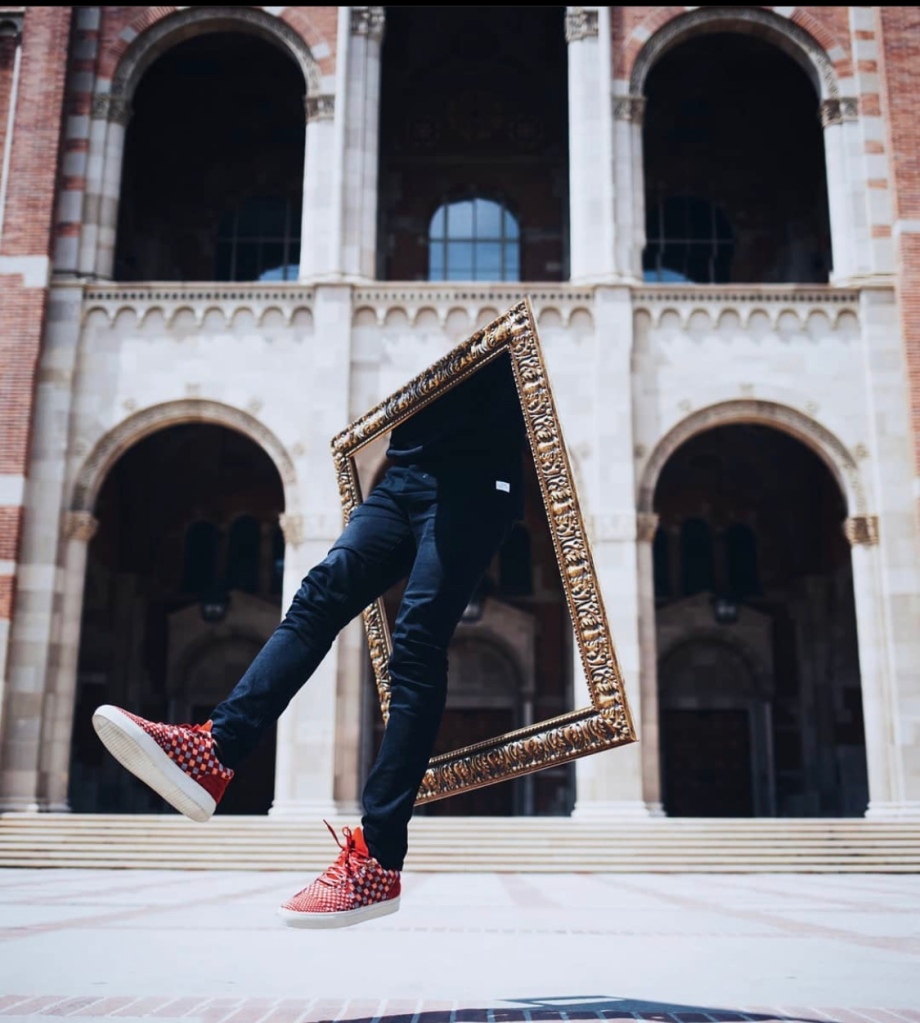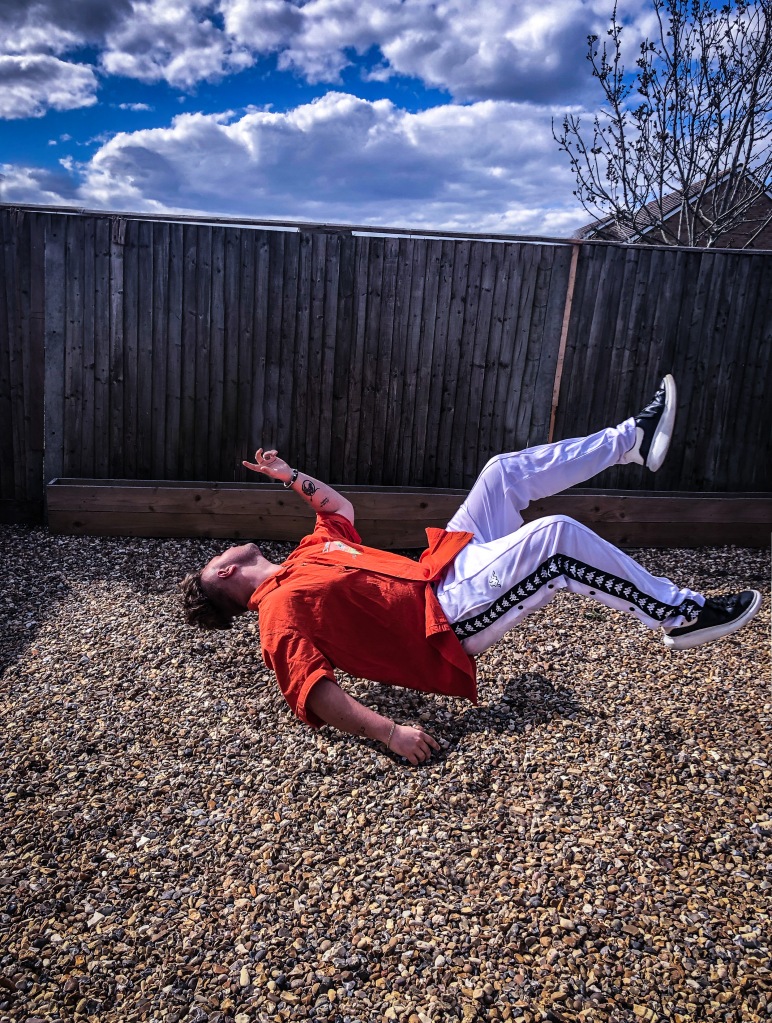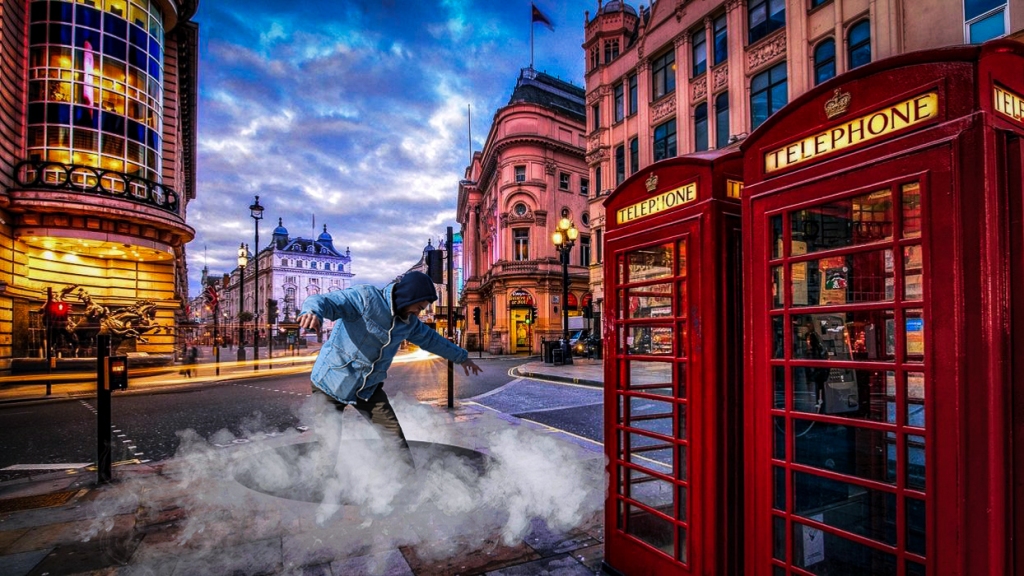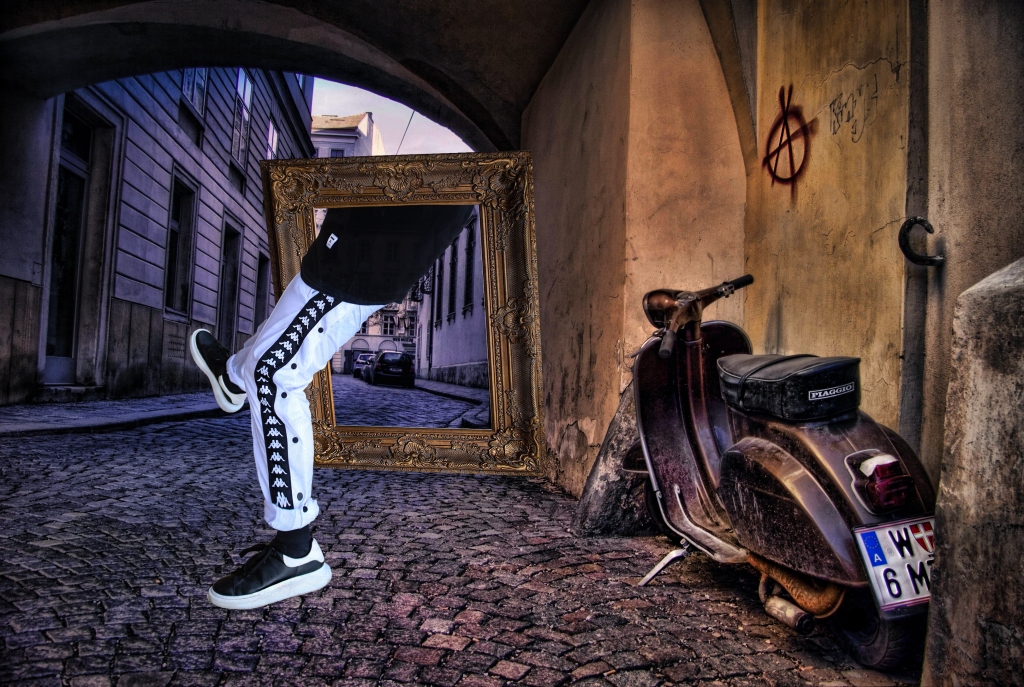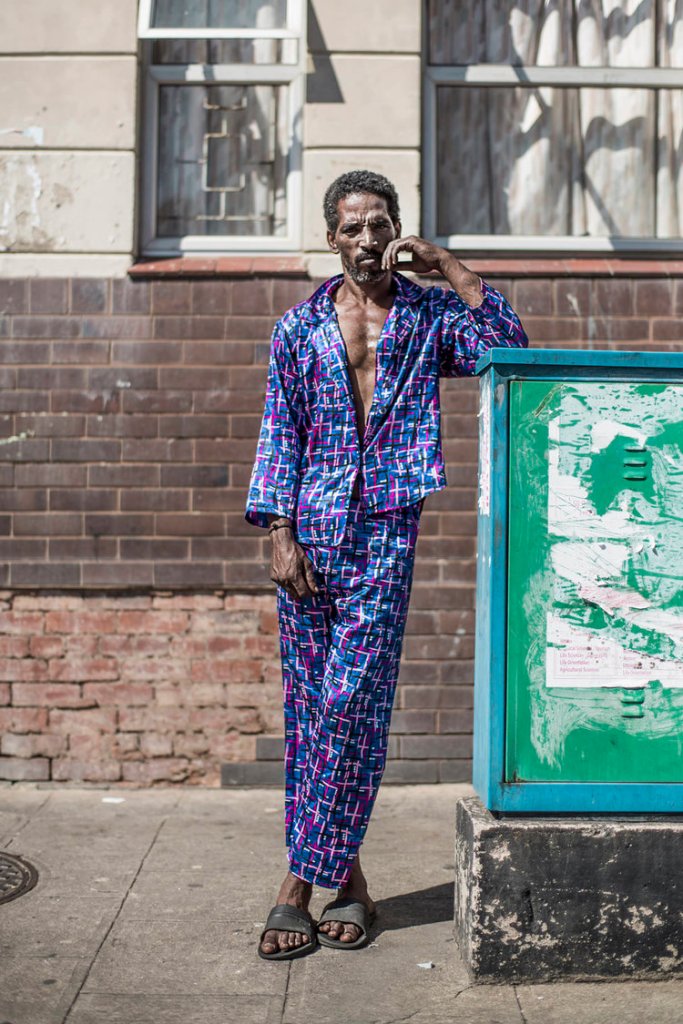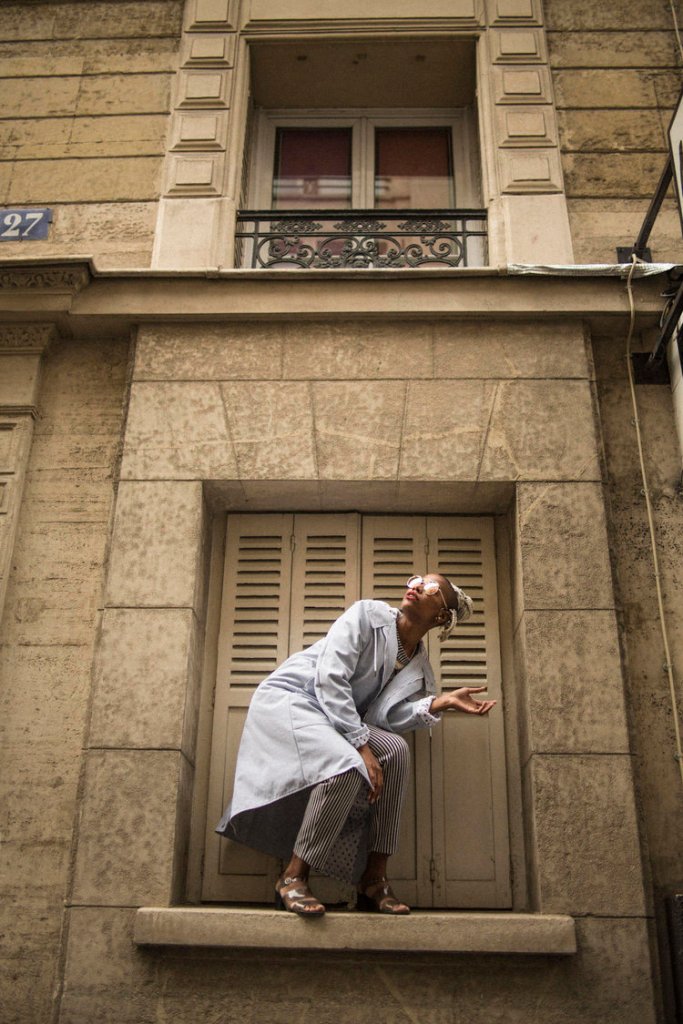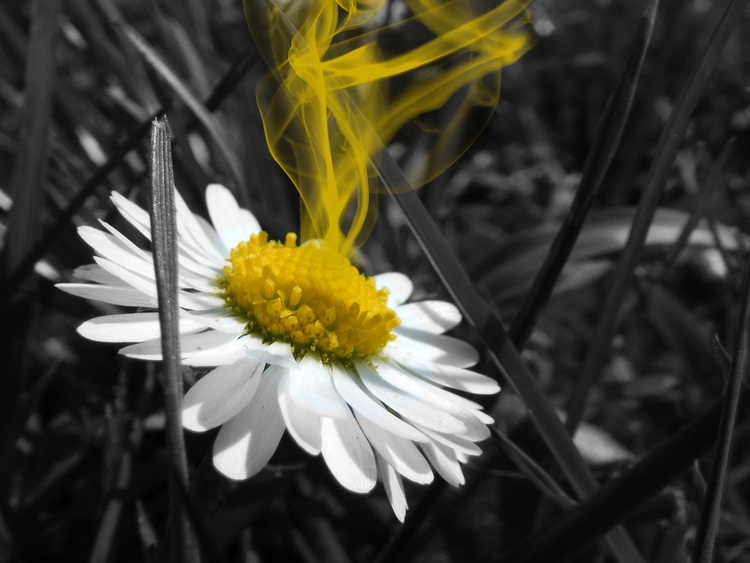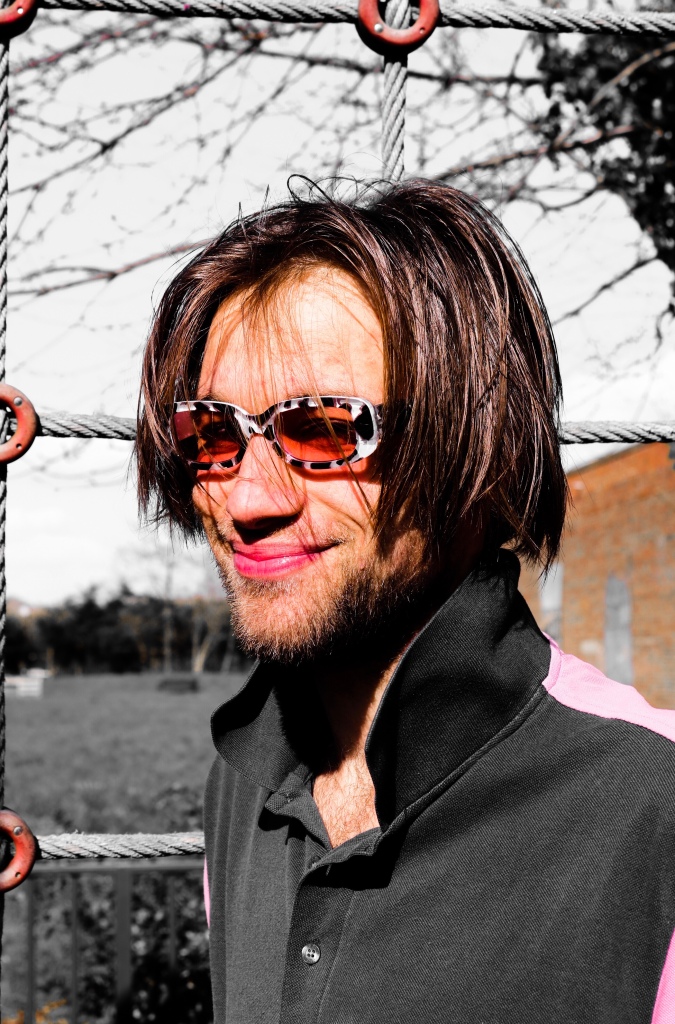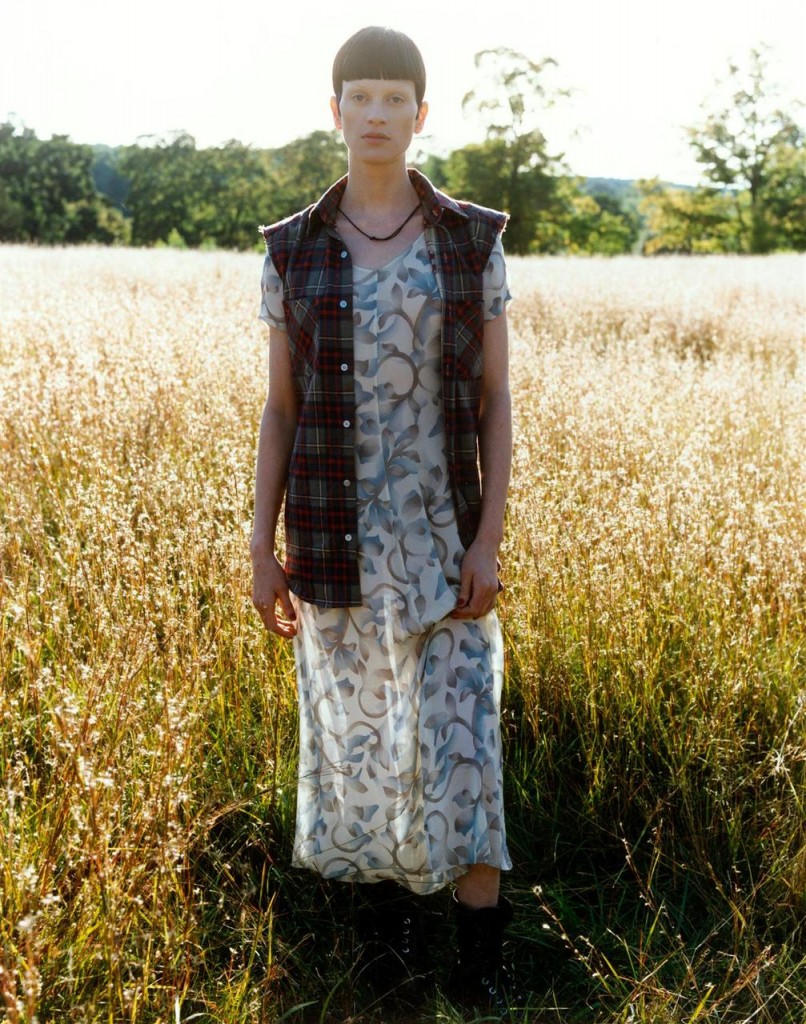This artist was special to me this year, I found him on Instagram, his photography wowed me differently. His photoshop skills stood out to me with illusions such as floating theme photos. I tried to respond to his photography and made my own versions during quarantine. This relates to this project as it’s a new story with my own photography using this style that I fell in love with.
This French artist is also my age, so we share the same generation which further inspires me to create fantastic photography similar to his style. He might not be a professional photographer, but he is for sure an artist I look forward to now when he posts on Instagram. He stated in an interview “I dislike doing things that other people have already done. With that said, sometimes it’s fun to do it. I try to avoid repetition as much as possible. It’s a constant struggle for anyone”. This makes me want to do more unique photography that I can take towards the upcoming academic year and into the future.
He started when he was only 17. He had an obsession with faces and the surreal style, he used to do a lot of trick photography, making people levitate, ghosting clothes, Irving only got into shooting the city a lot later when he joined Instagram to further experiment with his techniques and style.
Finally I want to say that he inspired me to make content to show people a false concept and sense of reality, he stays on trend and stays consistent which I look forward to be doing in my own future and career. below I will show my response to his style using photography.
